Have you ever felt your cat curling up beside you when you’re sad, or playfully pouncing when you’re excited—sometimes even before you say a single word? It’s almost magical, as if our feline friends have a sixth sense for our emotions. Many cat lovers have witnessed this uncanny connection and wondered: how do cats know what we’re feeling before we even open our mouths? The truth might surprise you and deepen your appreciation for your whiskered companion.
The Silent Language Between Humans and Cats

Cats are masters of observation, constantly reading the room and the people in it. They notice subtle movements, shifts in posture, and the way we breathe. Unlike humans, cats don’t rely on words to communicate; they depend on nonverbal cues. This keen attention to body language allows them to sense when something is different about your mood, even before you consciously realize it yourself. Over time, your cat becomes an expert at interpreting your unique signals, creating a silent language that deepens your bond.
How Cats Tune Into Your Energy

Everyone gives off a certain vibe or energy, and cats are remarkably sensitive to these changes. When you come home after a stressful day, your cat may sense the tension in the air. Conversely, if you’re happy and relaxed, your cat might be more playful or affectionate. This sensitivity isn’t just a coincidence—it’s part of the way cats interact with their environment. They pick up on the “energy” you project, responding accordingly to comfort or join in your mood.
The Power of Scent in Emotional Detection
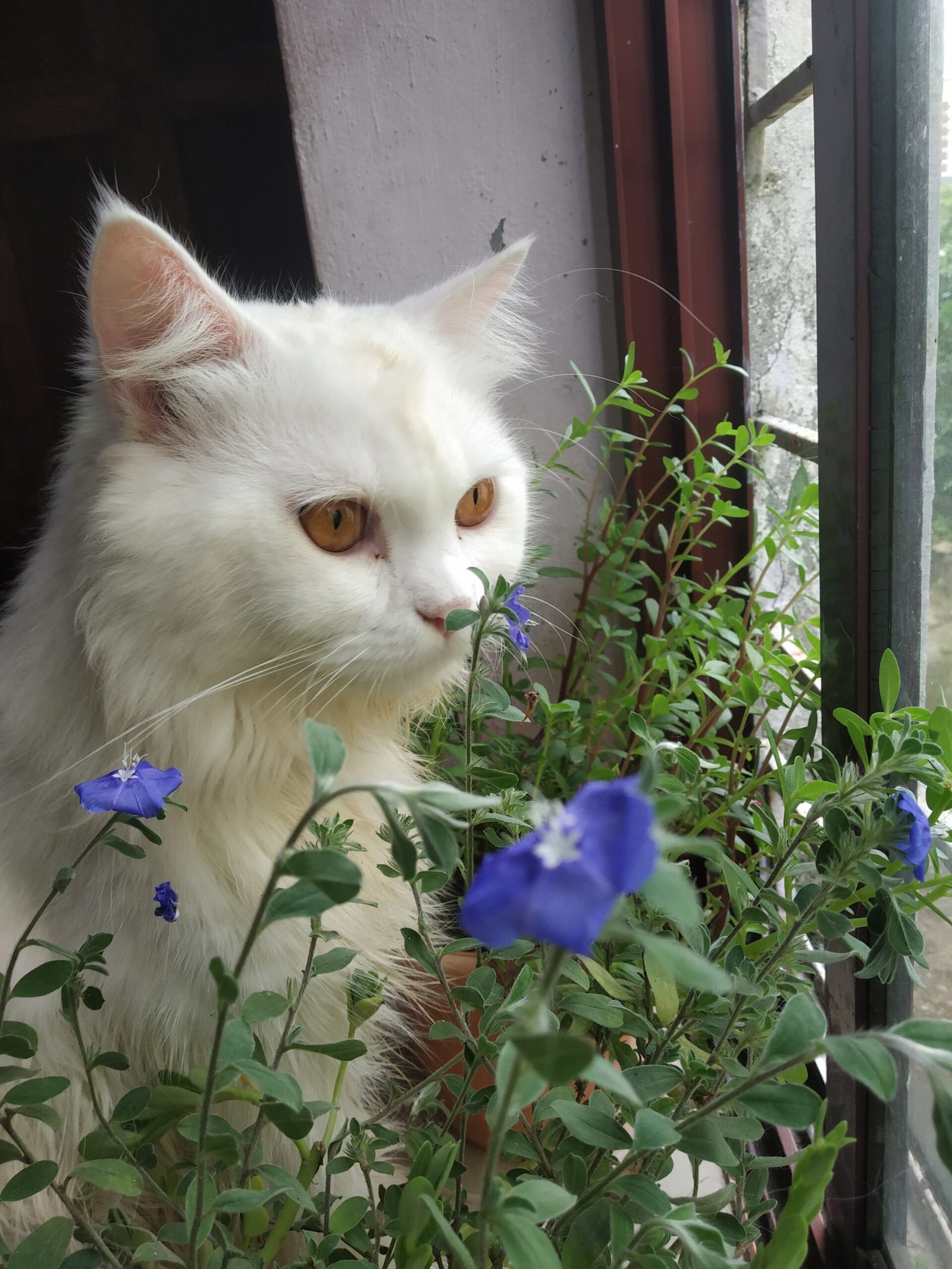
Cats have an extraordinary sense of smell, far superior to our own. Emotions like fear, anxiety, or happiness can subtly alter our scent by changing hormone levels and sweat composition. Your cat can detect these tiny changes, even if you can’t. This means that before you say a word, your cat knows if you’re upset, excited, or calm, simply by sniffing the air. It’s like they have an invisible emotional radar.
Recognizing Facial Expressions

Though cats don’t always make a lot of facial expressions themselves, they’re surprisingly adept at reading ours. They notice if your eyes are wide in surprise, or if your mouth is turned down in sadness. Studies have shown that cats can distinguish between different human emotions just by observing faces. So, even if you try to hide how you’re feeling, your cat is probably watching your every move, picking up on the tiniest shifts in your expression.
Understanding Body Language and Movement
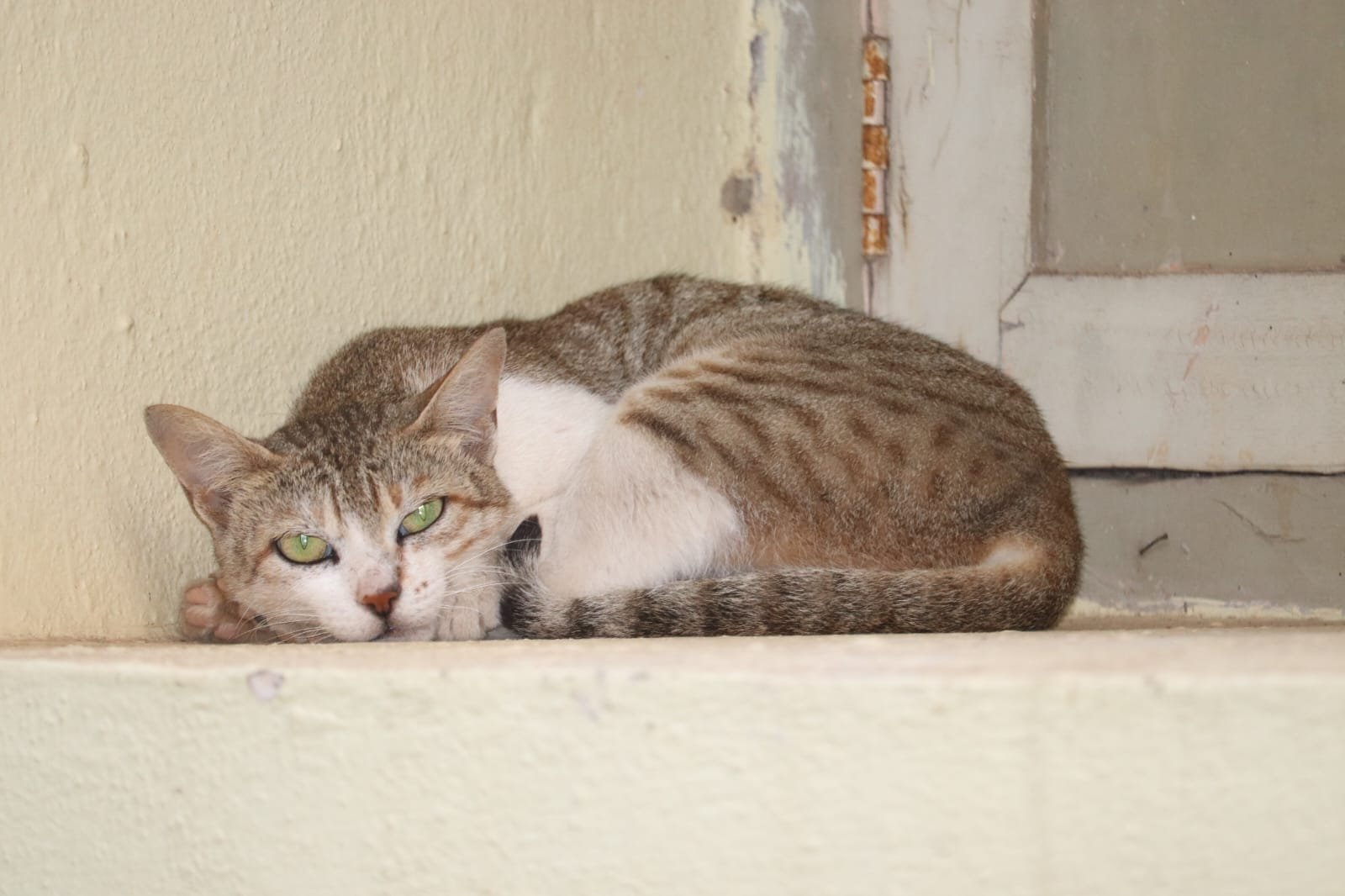
Your cat is a body language expert. Every time you slump on the couch, clap your hands, or sigh deeply, your cat notices. Changes in your posture or the way you move around your home can signal your mood to your feline companion. For example, quick, energetic movements might make your cat want to play, while slow, heavy steps could prompt them to curl up for comfort. Cats are always watching, interpreting your actions in real-time.
The Role of Routine and Predictability

Cats love routine and quickly learn your daily habits. They notice when you do something out of the ordinary, like coming home later than usual or skipping a meal. These changes often signal a shift in your mood, and your cat is quick to react. If you’re feeling down and break your usual routine, your cat may become extra attentive or cuddly, as if they know you need extra support.
Empathy: Are Cats Truly Feeling With Us?
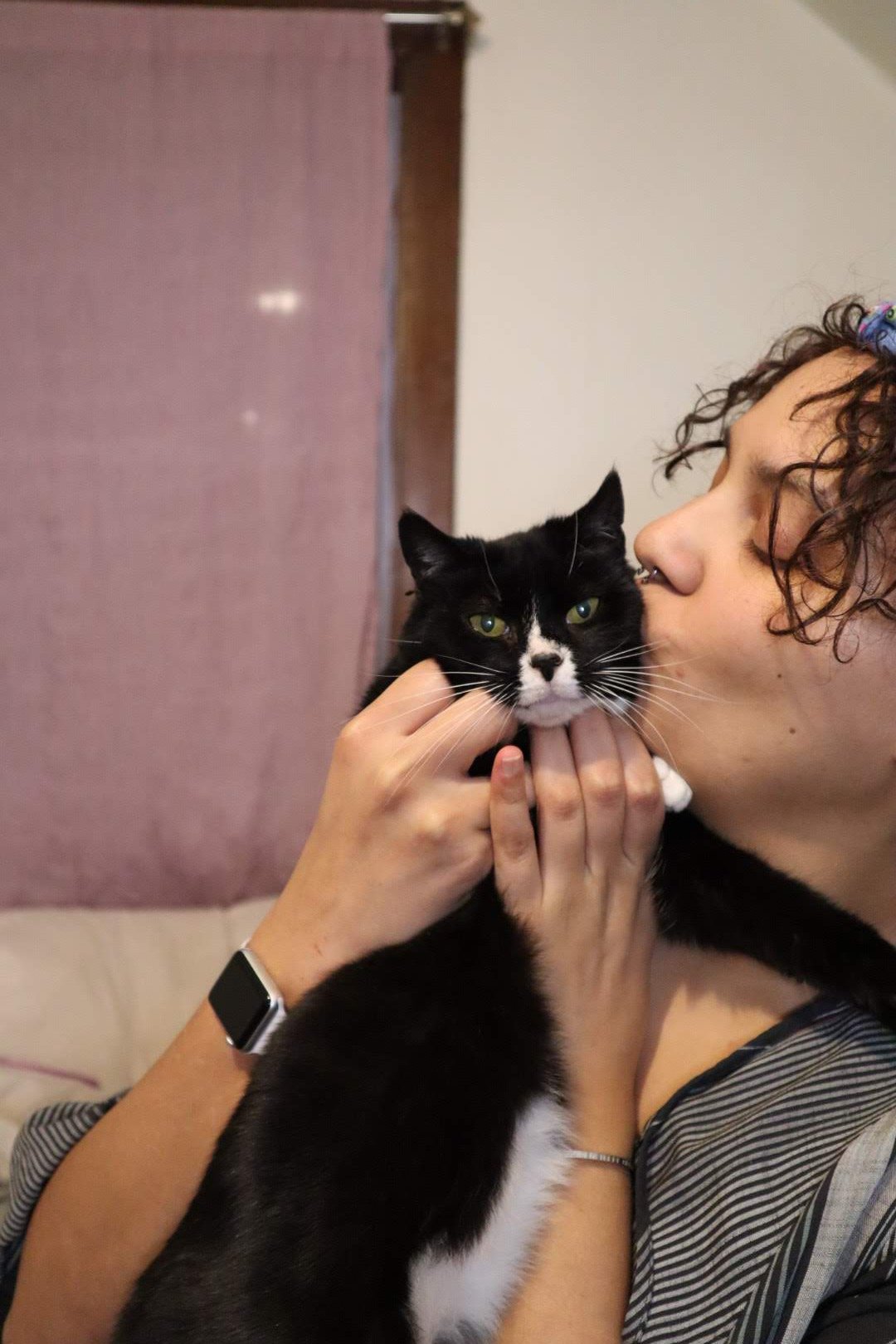
Many cat owners believe their pets are empathetic—that they feel what we feel. While cats may not experience empathy exactly like humans do, they certainly respond to our emotional states. When you’re sad, your cat might curl up next to you or gently nudge your hand. While we can’t say for sure if cats “understand” our feelings, their actions suggest a strong desire to comfort and connect with us on a deeper level.
Sound Sensitivity and Tone of Voice
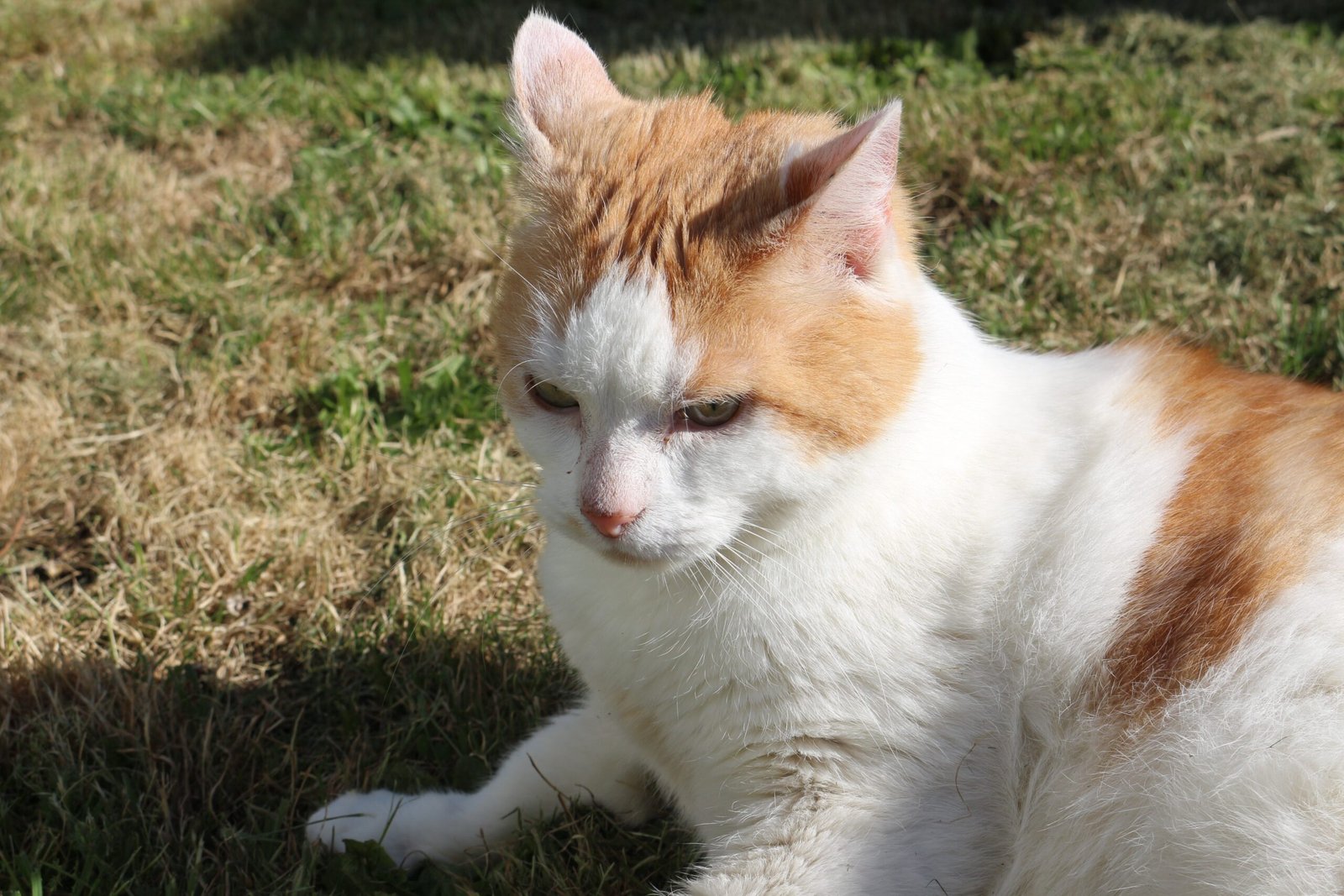
Even before you say anything meaningful, your cat picks up on the tone of your voice. They notice if you’re speaking softly, raising your voice, or sighing heavily. Cats have incredibly sensitive hearing and can distinguish between different emotional tones. This means that a gentle, soothing voice will make your cat feel calm, while a sharp or angry tone might make them keep their distance.
Vocalizations: How Your Cat Responds
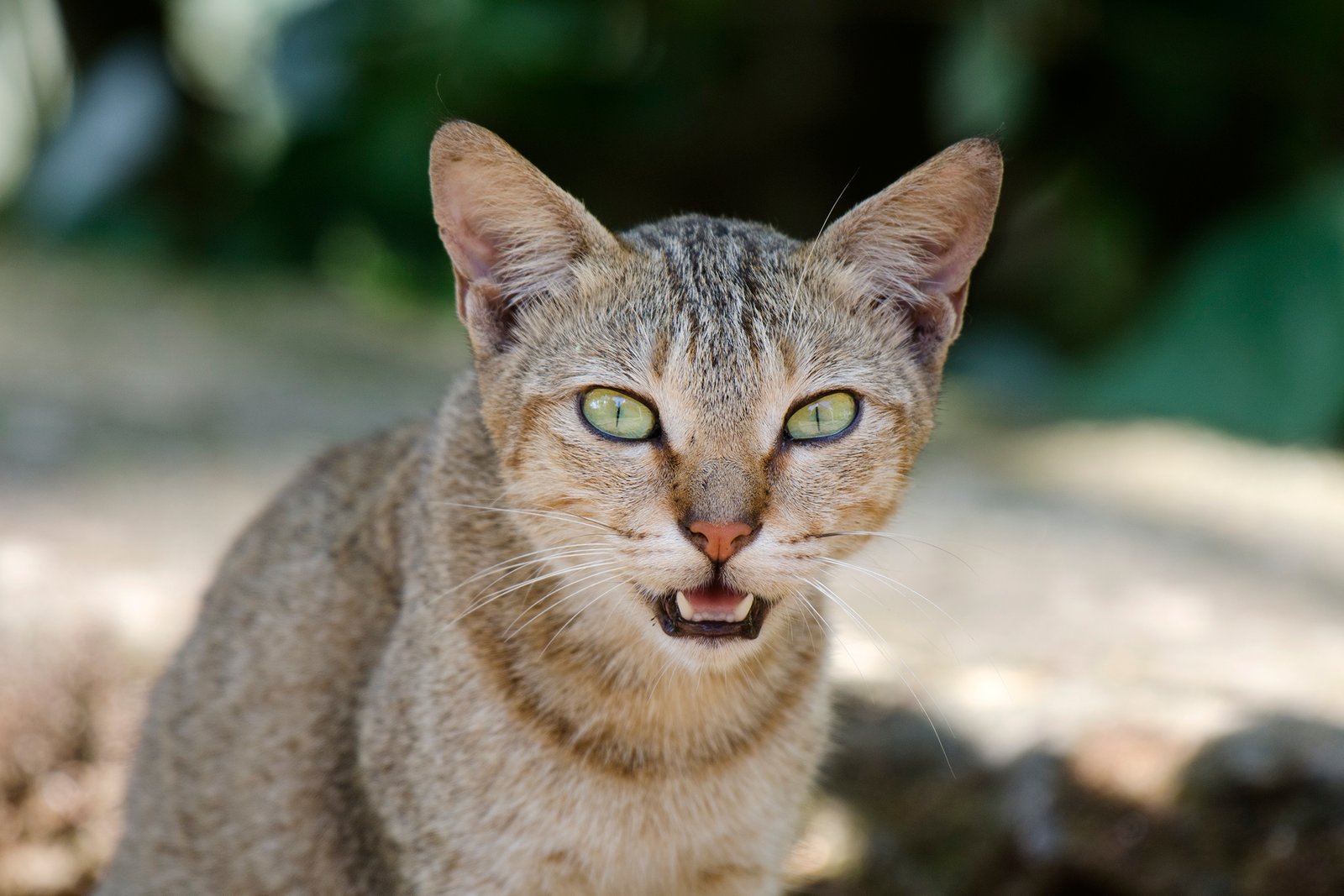
Cats have their own way of communicating back to you, often using vocalizations like purrs, meows, or chirps. When they sense a change in your mood, their vocal responses may change too. A content cat might purr more when you’re happy, while a concerned one might meow softly when you’re upset. These sounds are your cat’s way of acknowledging your feelings and trying to communicate their own.
Touch and Physical Contact

Physical touch is another way cats show their awareness of your mood. Have you noticed your cat head-butting you or curling up in your lap when you’re feeling low? This isn’t just a coincidence. Cats use touch to comfort and connect, mirroring the kind of support they would offer another cat in their colony. Your cat’s instinct is to be close when you need it most, which can be incredibly comforting.
Mirroring: Copying Your Emotional State

Cats often mirror the emotions and behaviors of their owners. If you’re feeling anxious and pacing around, your cat might become restless too. If you’re calm and relaxed, your cat is more likely to stretch out and nap nearby. This mirroring effect creates a shared emotional atmosphere, making your bond even stronger. It’s as if your cat becomes a living reflection of your inner world.
Stress and Anxiety in Cats from Human Emotions
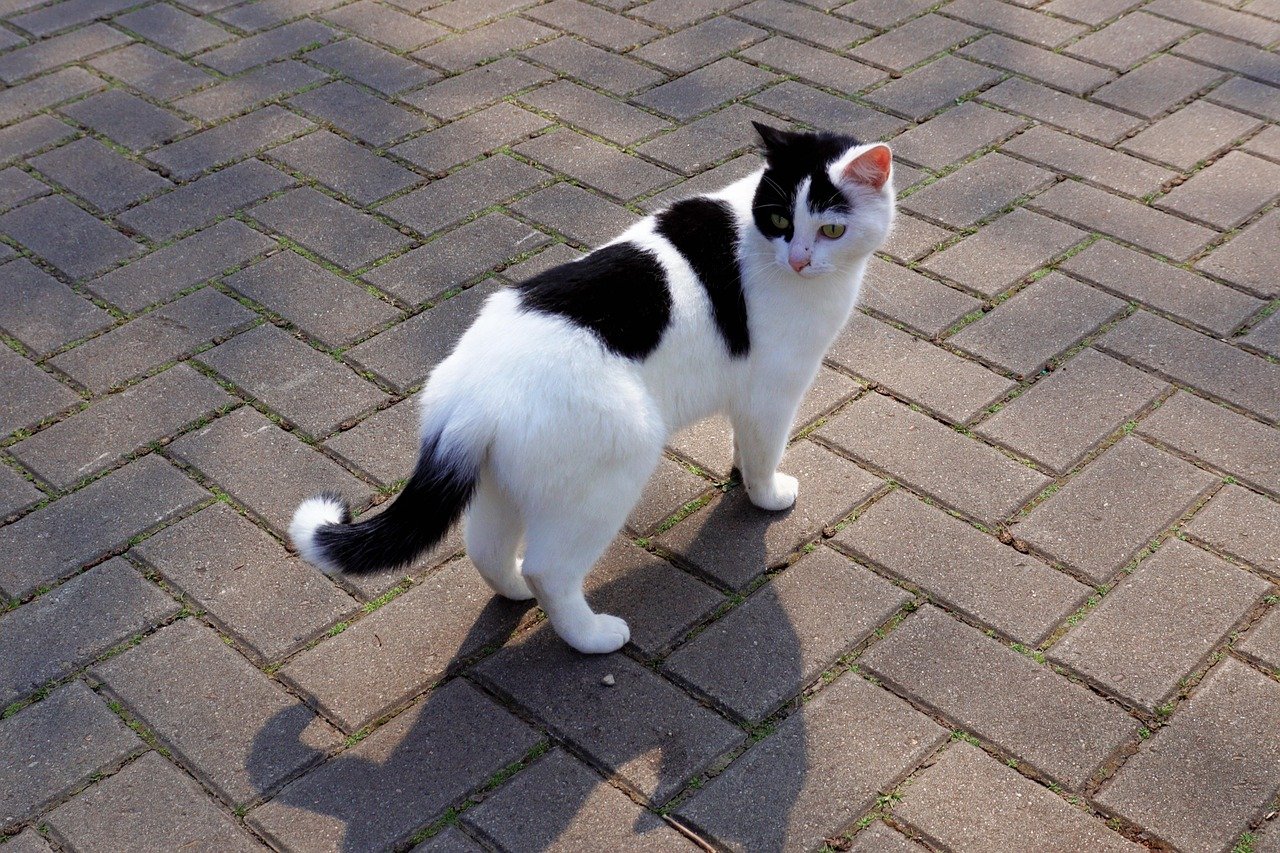
It’s not just positive emotions that cats pick up on—negative feelings like stress and anxiety can also affect them. If you’re going through a tough time, your cat may become withdrawn, eat less, or even act out. This is a sign that your emotions are impacting your pet. Being mindful of your mood can help both you and your cat stay healthy and balanced.
Signs Your Cat Is Reacting to Your Mood

There are many telltale signs that your cat is responding to your emotions. Look for changes in their behavior, like following you from room to room, increased vocalizations, or sudden bursts of affection. Sometimes, a cat will even try to distract you with playful antics or gently paw at you for attention. These behaviors are their way of saying, “I’m here, and I care.”
The Importance of Eye Contact
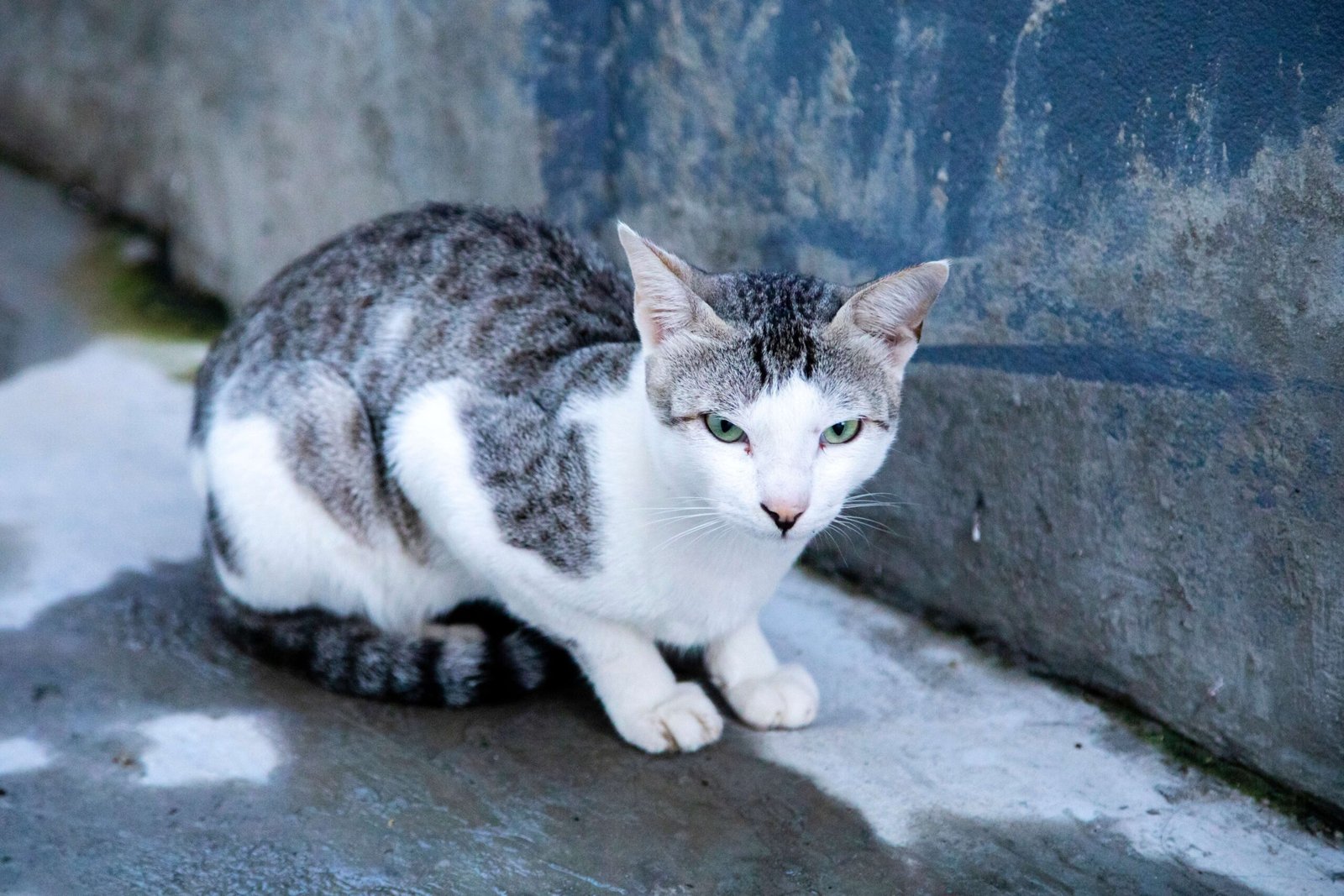
Cats use eye contact to communicate trust and understanding. When your cat gazes at you and slowly blinks, it’s a sign of affection and comfort. If you’re feeling sad or anxious, your cat might try to catch your eye and offer a slow blink in return. This simple gesture can be incredibly soothing, creating a silent but powerful connection between you and your furry friend.
Changes in Eating and Sleeping Habits
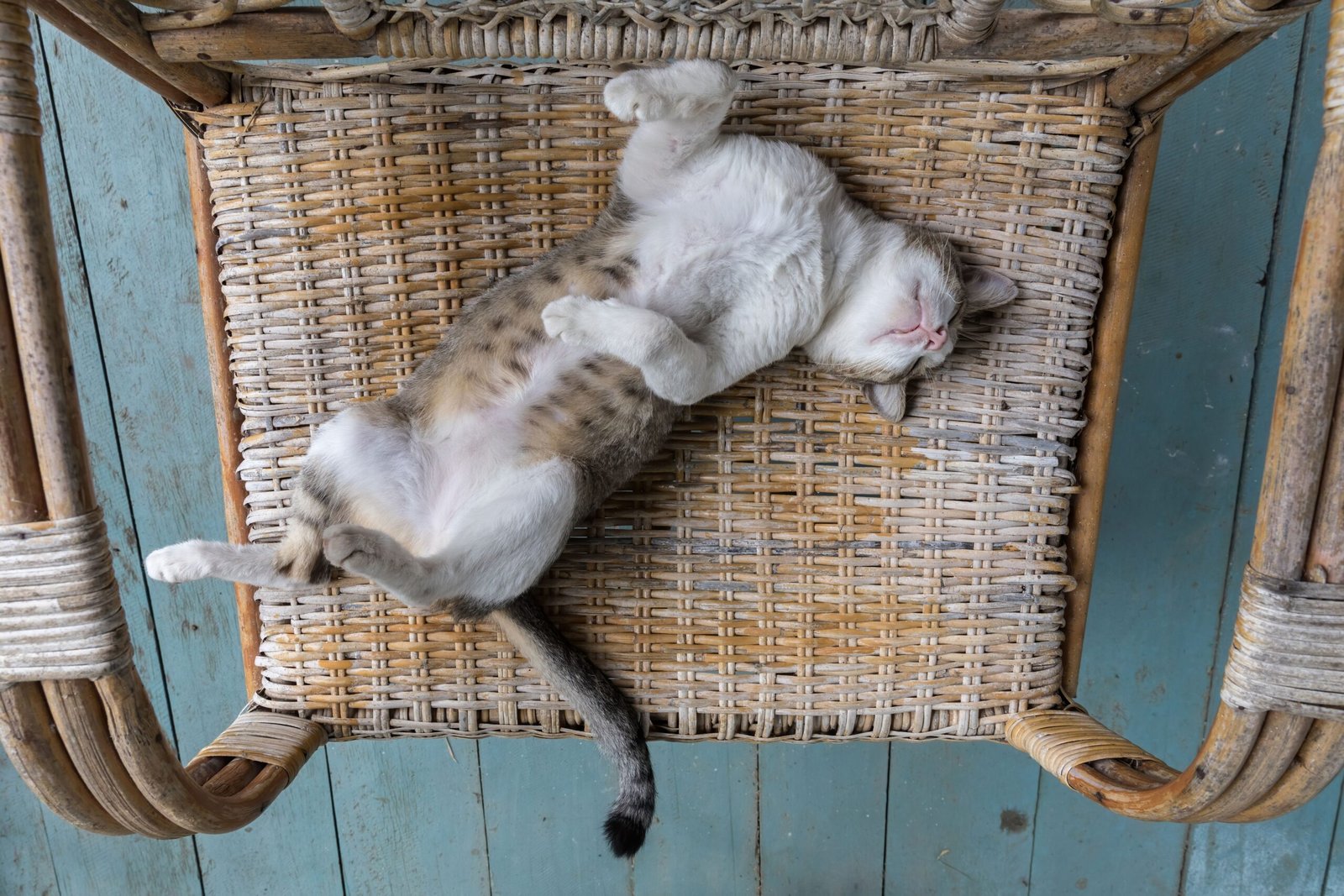
Your emotional state can even influence your cat’s daily habits. If you’re stressed or upset, your cat might eat less or sleep more, reflecting your own changes in behavior. These shifts are a sign that your cat is in tune with your well-being. Paying attention to these subtle changes can help you understand how deeply your emotions impact your pet.
The Role of Familiarity and Bonding

The longer you live with your cat, the more attuned they become to your moods. Familiarity breeds a strong bond, allowing your cat to recognize even the slightest changes in your demeanor. This deep connection is built over time, through shared experiences and mutual trust. Your cat becomes your emotional barometer, always ready to react to your needs.
Genetic Predispositions and Breed Differences

Some cat breeds are naturally more sensitive and responsive to human emotions. For example, Siamese and Ragdoll cats are known for their affectionate nature and close attachment to their owners. While all cats have the potential to pick up on your mood, certain breeds may be more attuned due to their genetic predispositions. Understanding your cat’s breed can give you insight into their unique way of connecting with you.
Kittenhood and Early Socialization
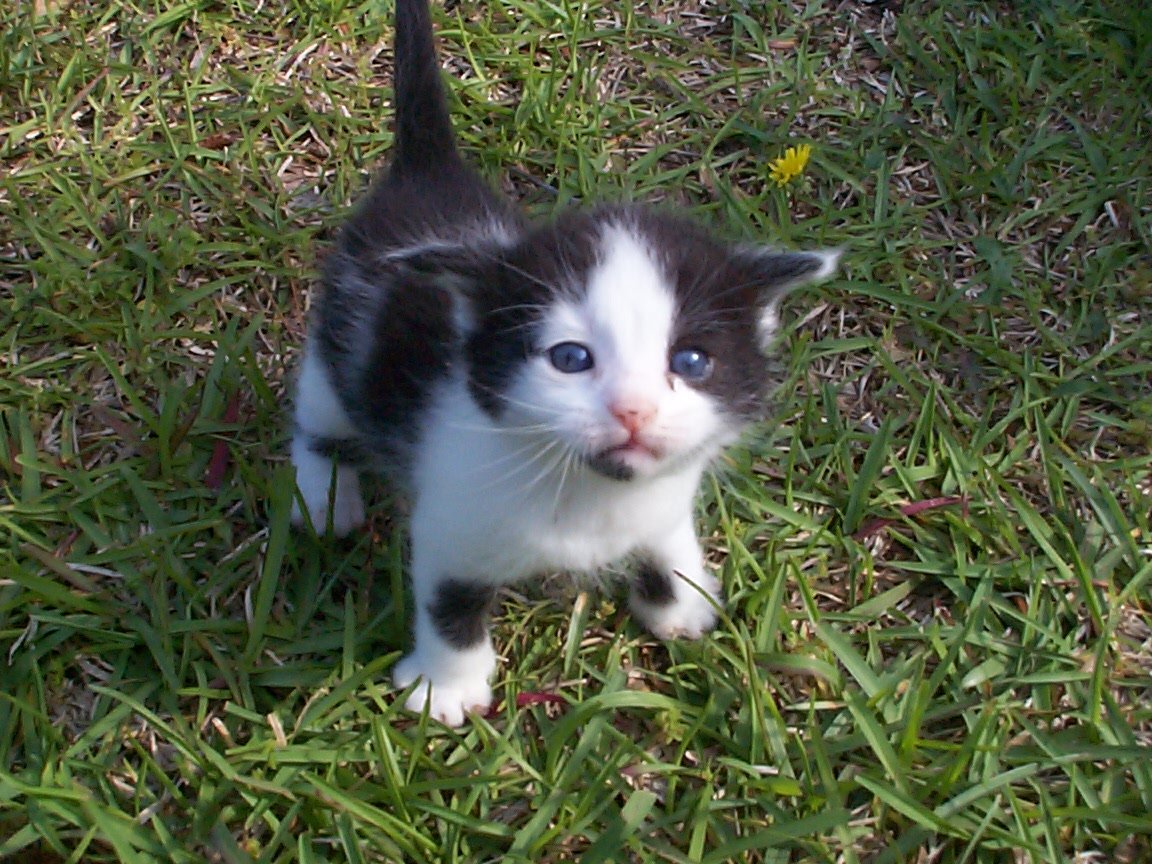
A cat’s ability to interpret human emotions often begins in kittenhood. Kittens that are handled gently and exposed to positive human interactions grow up to be more responsive and affectionate adults. Early socialization helps cats develop the skills they need to read and react to your mood, setting the stage for a lifetime of mutual understanding.
Training and Positive Reinforcement

You can encourage your cat’s emotional sensitivity through positive reinforcement and training. Rewarding your cat for comforting behaviors or responding to your cues helps strengthen the bond between you. Over time, your cat will learn to associate certain actions with positive outcomes, making them even more likely to react to your mood in supportive ways.
Recognizing When Your Cat Needs Support Too
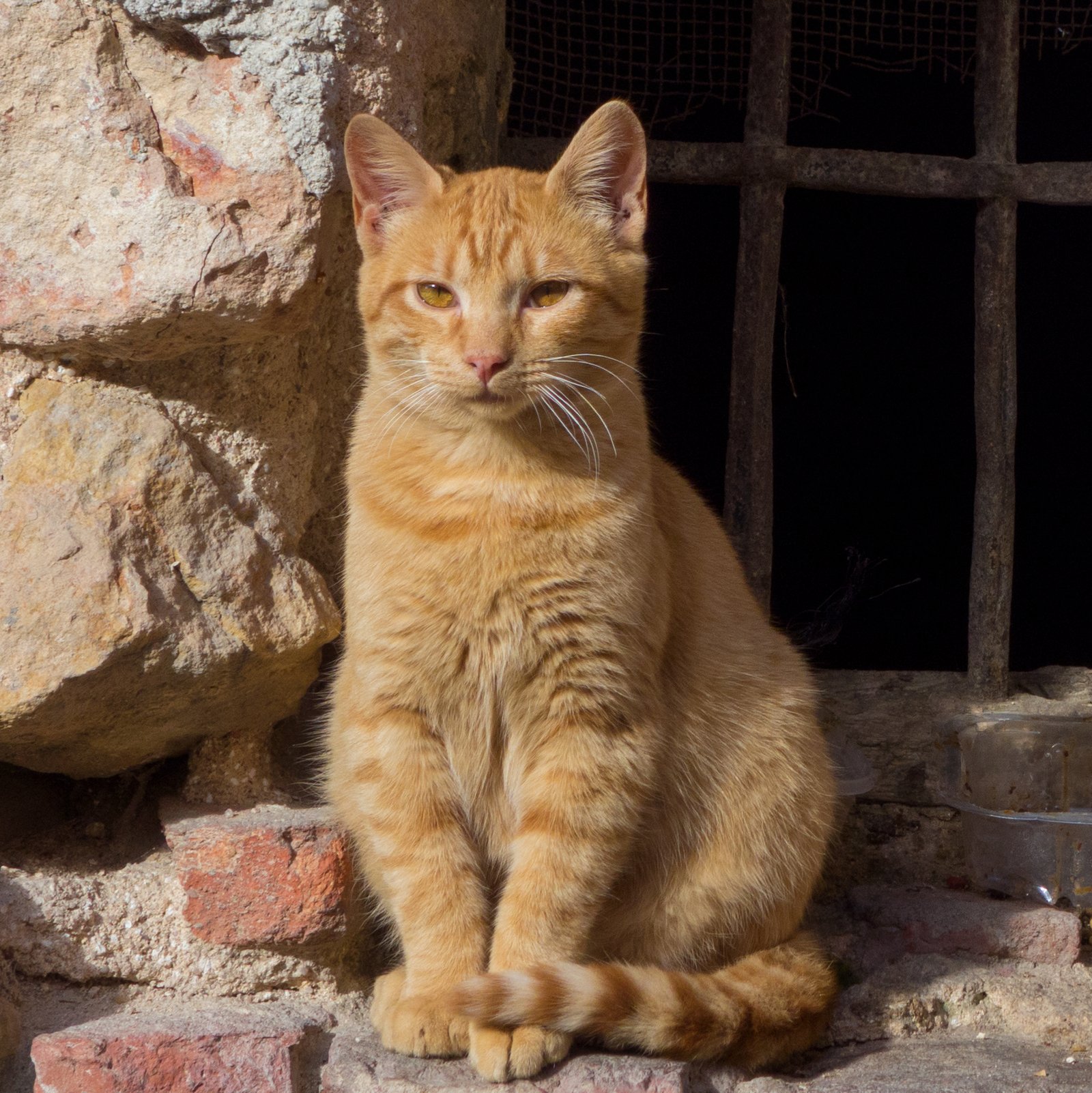
Just as your cat supports you, there are times when your feline friend needs comfort as well. Changes in their environment, loud noises, or unfamiliar people can make your cat anxious or stressed. Being attentive to their emotional needs creates a reciprocal relationship, where both you and your cat look out for each other.
Strengthening the Emotional Bond With Your Cat

Building a strong emotional bond with your cat is a journey filled with small, meaningful moments. Spend time together, talk gently to your cat, and pay attention to their needs. The more you invest in your relationship, the more attuned your cat will become to your emotions. This deep connection can turn everyday life into a shared adventure, filled with understanding and affection.
Hi, I’m Bola, a passionate writer and creative strategist with a knack for crafting compelling content that educates, inspires, and connects. Over the years, I’ve honed my skills across various writing fields, including content creation, copywriting, online course development, and video scriptwriting.
When I’m not at my desk, you’ll find me exploring new ideas, reading books, or brainstorming creative ways to solve challenges. I believe that words have the power to transform, and I’m here to help you leverage that power for success.
Thanks for stopping by, Keep coming to this website to checkout new articles form me. You’d always love it!





